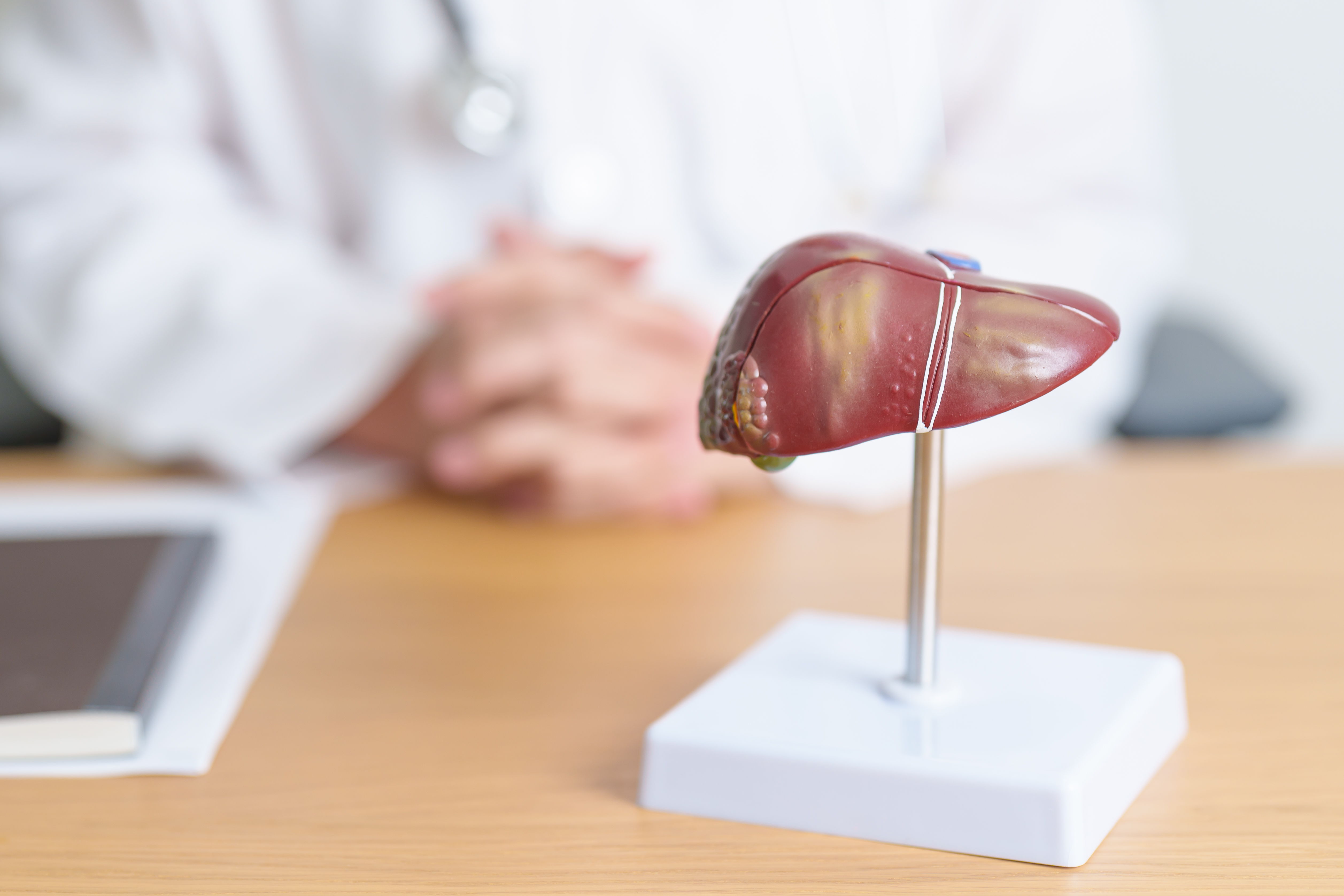10 Hidden Risks of Common Over-the-Counter Pain Relievers
Over-the-counter (OTC) pain relievers are a staple in medicine cabinets worldwide, offering quick and accessible relief from headaches, muscle aches, and various other discomforts. However, what many consumers fail to realize is that these seemingly harmless medications carry hidden risks that can lead to serious health consequences if not used appropriately. This article delves into the secret dangers associated with OTC pain relief options, examining the common misconceptions and potential hazards they present. By understanding these risks, consumers can make informed decisions about their health and explore safer alternatives. In the end, we will reveal one crucial solution that everyone needs to know to safeguard their well-being.
1. The Illusion of Safety: Misconceptions About OTC Medications

OTC pain relievers are often perceived as safe simply because they do not require a prescription. This misconception can lead to misuse and overconsumption. Many people are unaware that these medications, while effective for temporary relief, can pose significant health risks if not used as directed. For instance, taking more than the recommended dose can lead to liver damage, gastrointestinal bleeding, or kidney problems. The ease of access and availability of these drugs can create a false sense of security, leading individuals to overlook the importance of reading labels and understanding the active ingredients and their potential interactions with other medications.
2. The Liver’s Silent Struggle: Acetaminophen Risks

Acetaminophen, a popular ingredient in many OTC pain relievers, is known for its effectiveness in reducing fever and alleviating pain. However, it poses a significant risk to the liver when taken in large doses or combined with alcohol. The liver metabolizes acetaminophen, and excessive amounts can lead to acute liver failure, a life-threatening condition. Many individuals unknowingly consume acetaminophen in multiple products, such as cold remedies and sleep aids, increasing the risk of overdose. Understanding the cumulative effect of acetaminophen and the importance of adhering to dosage guidelines is crucial for preventing liver damage.
3. Stomach Woes: NSAIDs and Gastrointestinal Complications

Nonsteroidal anti-inflammatory drugs (NSAIDs) like ibuprofen and aspirin are widely used for their anti-inflammatory and pain-relieving properties. However, they can cause gastrointestinal issues, including stomach ulcers and bleeding. These risks are heightened in individuals with a history of stomach problems or those who regularly consume alcohol. Long-term use of NSAIDs can also lead to kidney damage and increased blood pressure. Being aware of these potential side effects and consulting with a healthcare provider before prolonged use is essential for minimizing health risks associated with NSAIDs.
4. The Hidden Heart Risks: Cardiovascular Concerns with OTC Painkillers

Certain OTC pain relievers, particularly NSAIDs, have been linked to an increased risk of heart attack and stroke, especially when used in high doses or over extended periods. This risk is particularly concerning for individuals with pre-existing cardiovascular conditions or those who are at higher risk due to lifestyle factors. Understanding the connection between NSAIDs and cardiovascular health is vital for making informed decisions about pain management. Patients with heart conditions should discuss alternative pain relief options with their healthcare provider to avoid exacerbating their risks.
5. Kidney Damage: The Underestimated Consequence

The kidneys play a crucial role in filtering waste from the blood, and certain OTC pain relievers can impair their function. Prolonged use of NSAIDs can lead to chronic kidney disease or acute kidney injury, conditions that can have serious long-term health implications. Individuals with pre-existing kidney problems, the elderly, and those taking other medications that affect kidney function are at a higher risk. Recognizing the signs of kidney distress and understanding the importance of regular monitoring for those at risk can help prevent irreversible damage.
6. Drug Interactions: A Complex Web

OTC pain relievers can interact with a variety of prescription medications, leading to reduced efficacy or increased risk of adverse effects. For example, combining NSAIDs with blood thinners can heighten the risk of bleeding, while mixing acetaminophen with certain antidepressants can lead to serotonin syndrome, a potentially life-threatening condition. Understanding the potential interactions and consulting with a healthcare provider or pharmacist before combining medications is crucial for ensuring safe and effective pain management.
7. Allergic Reactions: A Rare but Serious Threat

While rare, allergic reactions to OTC pain relievers can occur and range from mild skin rashes to severe anaphylaxis. Individuals with a history of allergies or asthma may be more susceptible to these reactions. Recognizing the signs of an allergic response, such as difficulty breathing, swelling, or hives, and seeking immediate medical attention is vital. Being aware of personal allergies and choosing pain relievers accordingly can help prevent these potentially life-threatening situations.
8. Special Populations: Children, Elderly, and Pregnant Women

Certain populations, such as children, the elderly, and pregnant women, require special consideration when using OTC pain relievers. Children's developing bodies are more sensitive to medications, and incorrect dosing can lead to serious health issues. The elderly may experience increased sensitivity to side effects, and pregnant women must consider the potential impact on fetal development. Consulting with a healthcare provider to determine the safest pain relief options for these populations is essential for minimizing risks.
9. The Role of Consumer Education: Empowering Safe Choices

Consumer education plays a critical role in promoting the safe use of OTC pain relievers. Understanding the risks, reading labels carefully, and seeking professional advice when necessary are key components of responsible medication use. Public health campaigns and healthcare providers can help raise awareness about the potential dangers and encourage individuals to take an active role in managing their health. Empowering consumers with knowledge can lead to more informed decisions and ultimately reduce the incidence of adverse effects.
10. Exploring Alternative Pain Relief: Natural and Lifestyle Approaches

With the risks associated with OTC pain relievers, exploring alternative pain management strategies can offer safer options. Natural remedies, such as herbal supplements, acupuncture, and physical therapy, can provide effective relief without the side effects associated with conventional medications. Additionally, lifestyle changes, including regular exercise, a balanced diet, and stress management techniques, can help reduce chronic pain and improve overall health. Consulting with healthcare providers to explore these alternatives can lead to a more holistic approach to pain management.
The One Solution You Need to Know: Informed and Personalized Care

The key to safely navigating OTC pain relief lies in informed and personalized care. Understanding the risks, recognizing personal health factors, and consulting healthcare professionals can help tailor pain management strategies to individual needs. This approach not only minimizes the risk of adverse effects but also enhances the effectiveness of treatment. By prioritizing informed decision-making and personalized care, individuals can achieve safer and more effective pain relief, ultimately leading to better health outcomes.